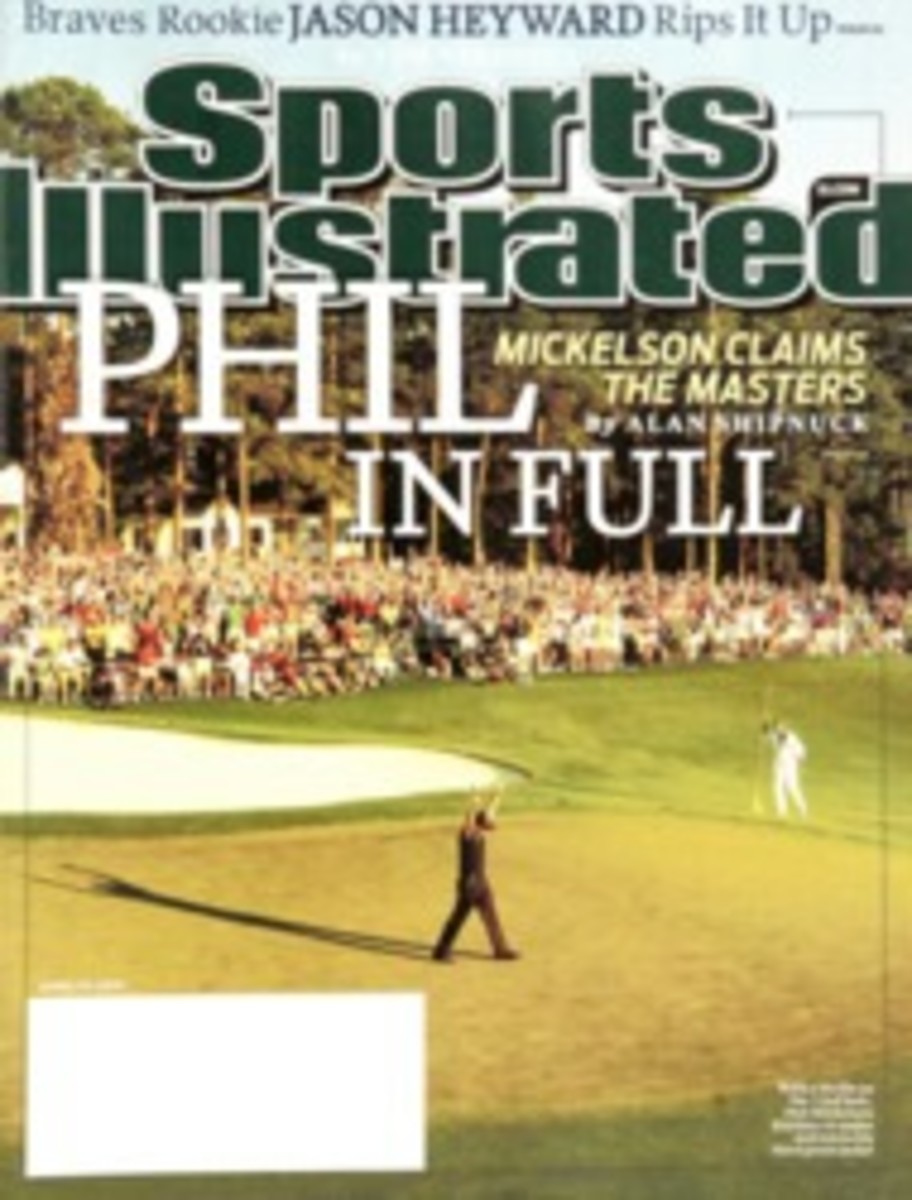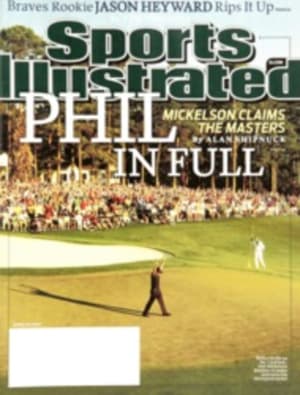
The Masters in 3-D? It Was O.K.
The big problem was the thick glasses. As someone who has worn thick glasses since the second grade, I can tell you that no matter how hard they try or how well they promote it, they are going to have a hard time making 3-D television the next big thing if someone has to wear the thick glasses I was handed last week at Augusta.
The folks at the Masters gave a preview of 3-D television (after CBS had showed it off during the Final Four several days earlier), and while it certainly has its amazing qualities—more on that in a second—the experience does require 3-D lenses. The glasses we were handed were spectacles that send and receive signals from the television screen, not the flimsy blue-red cardboard models or the chic new Wayfarer knockoffs that have prompted moviegoers to duck away from the Creature from the Black Lagoon and Sam Worthington in Avatar or Clash of the Titans.
But no matter which glasses you use, you will notice a difference from what you see in movie theaters. The 3-D television experience does not come at you as 3-D films do. It's more like the 3-D goes into the television, as if you are watching sports through a diorama. This is still remarkable stuff, no doubt about it. You are seeing action in three dimensions: The fans feel close to you; then you can actually feel the depth of a hill behind them, and beyond that you can see the flag waving, and beyond that you can see the golfer lining up his putt. But it's all going away from you. From what I could tell, you won't be trying to dodge flying golf balls.
The experience, at least for a short time, is amazing. Altering, even. With the glasses on, a fan can for the first time on television experience the contours of the greens, and just how high those hills and how low those valleys are along the Augusta fairways. I can only imagine the way 3-D television will allow fans to comprehend the speed of a fastball, the unfolding of a halfback sweep, the improbability of guarding LeBron James.
There is no question that as it develops, this could define the next generation of sports television. But, so far anyway, the effect loses something the longer you watch. It still feels a little bit gimmicky. And for those of us who can't get past the idea of glasses? Maybe we'll just wait for the 3-D contact lenses.
The Pop Culture Grid
PHOTO

